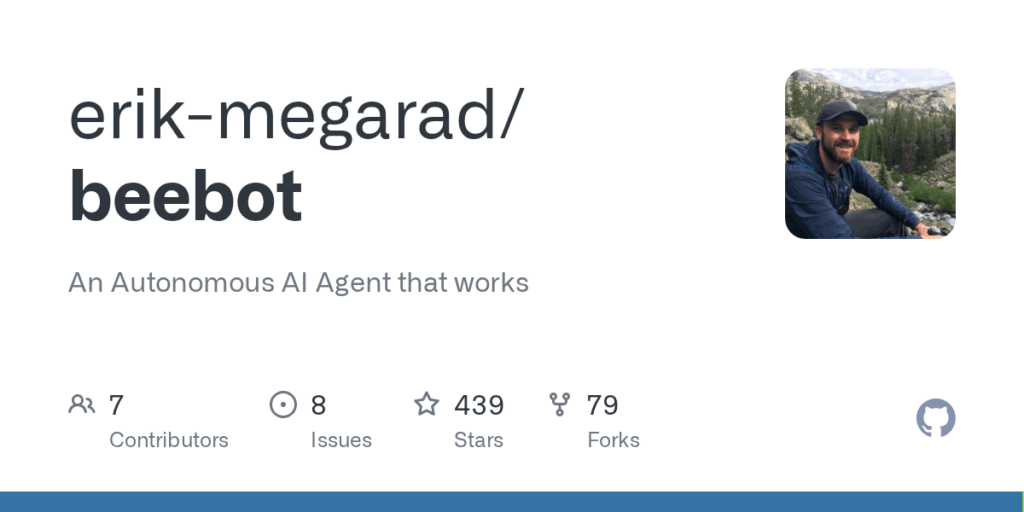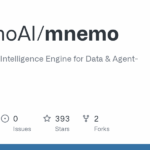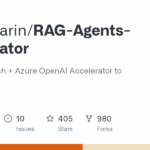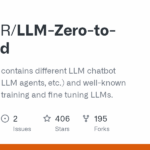beebot
Basic Information
BeeBot is an open source autonomous AI assistant platform intended to run and manage practical tasks autonomously and to provide developers with the infrastructure to build and operate task-oriented agents. The project supplies a task model, an API surface, persistence, event streaming, and tool management so an LLM-driven agent can select and use external tools during task execution. The README emphasizes BeeBot as both an autonomous worker and a developer-facing system with a CLI, a REST API conforming to the e2b standard, and websocket notifications. Persistence is required and Postgres is recommended. The project is currently on hold as of late 2023 pending improvements in LLM capability or a specialized model, and documentation is light but present in a docs/ directory. The repo focuses on practical execution, tool selection, and integration rather than on complex memory or tree-of-thought architectures.








